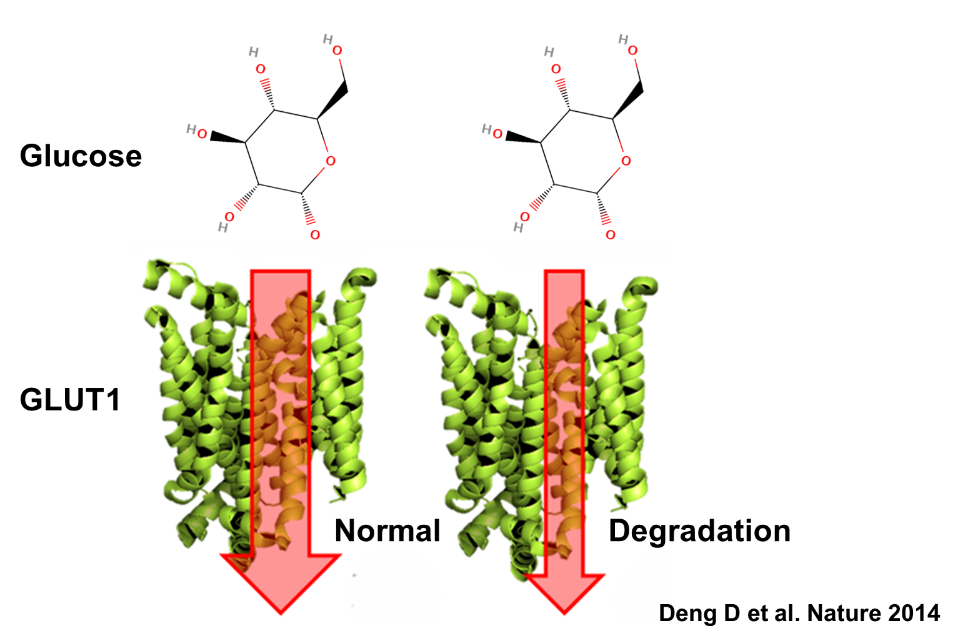Introduction
Glucose transporter 1 (GLUT1) is a protein that transports sugar (glucose) to the brain. This protein is found in large amounts in the “blood-brain barrier”, which is the wall between the brain and blood. It is also found in various cells in the brain.
GLUT1 deficiency occurs when GLUT1 does not function properly. This disease is caused by an abnormal part (mutation) in a specific gene. When this mutation is present, sugar is not transported to the brain sufficiently, causing the brain to lack energy. This can result in intellectual retardation, epilepsy, and retardation with physical movement. Currently, more than 60 patients have been confirmed in Japan alone.

To treat this disease, a special diet called the "ketogenic diet" has been adopted. This diet ensures the brain's energy supply by supplying it with substances called "ketone bodies" instead of sugar. However, while this diet is effective for seizures, it is not very effective for learning difficulties, mental retardation, or retardation with physical movement. There is also a risk of heart and brain diseases from continuing this diet. Furthermore, because this diet restricts sugar intake very strictly, it is difficult to continue, and many people give up midway.
As GLUT1 patients and their families have expressed a desire for a new treatment method, we have been conducting research since 2013 with the aim of stopping the progression of the disease through gene therapy and eliminating the need for ketogenic diet therapy. We are also planning clinical trials of gene therapy for GLUT1 deficiency.


